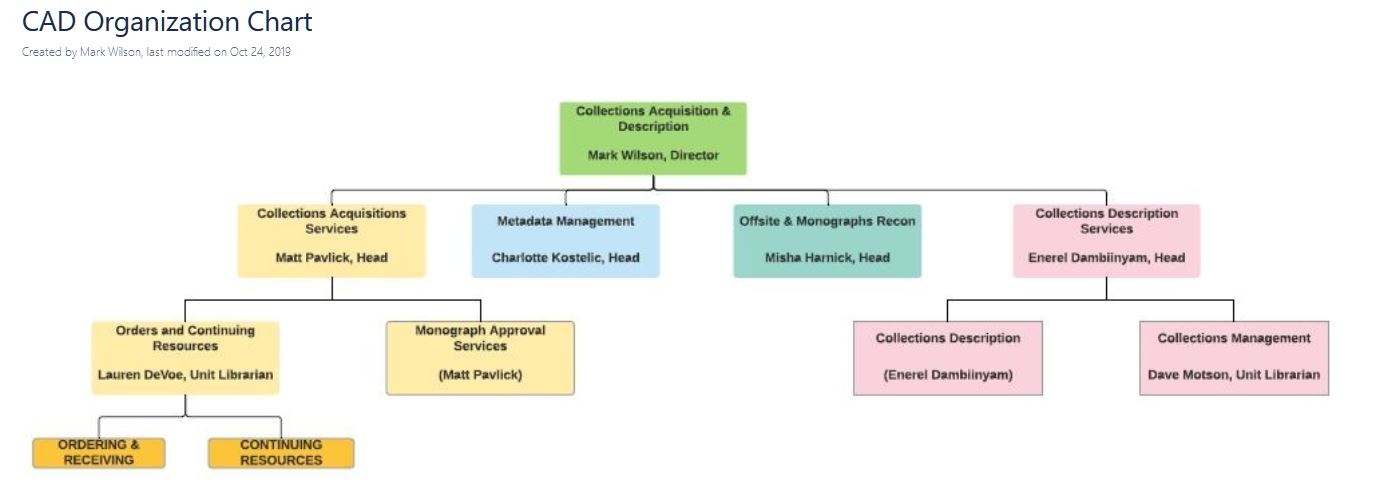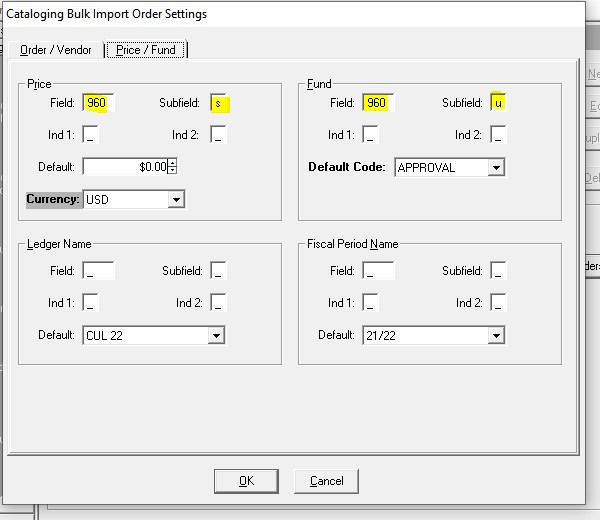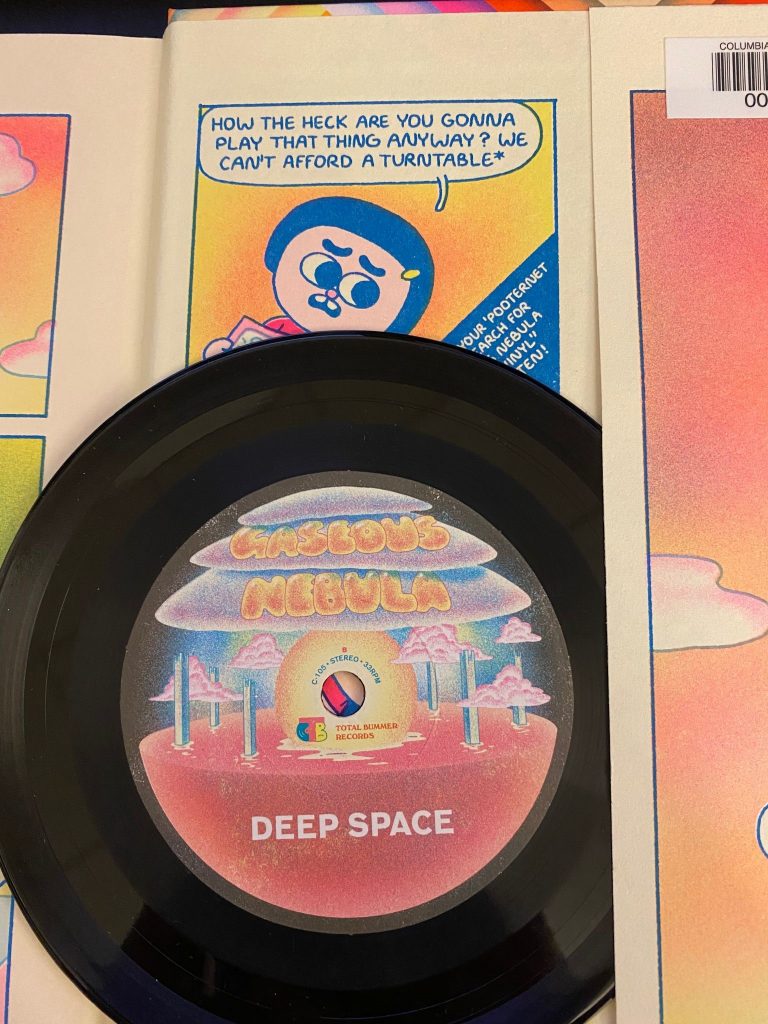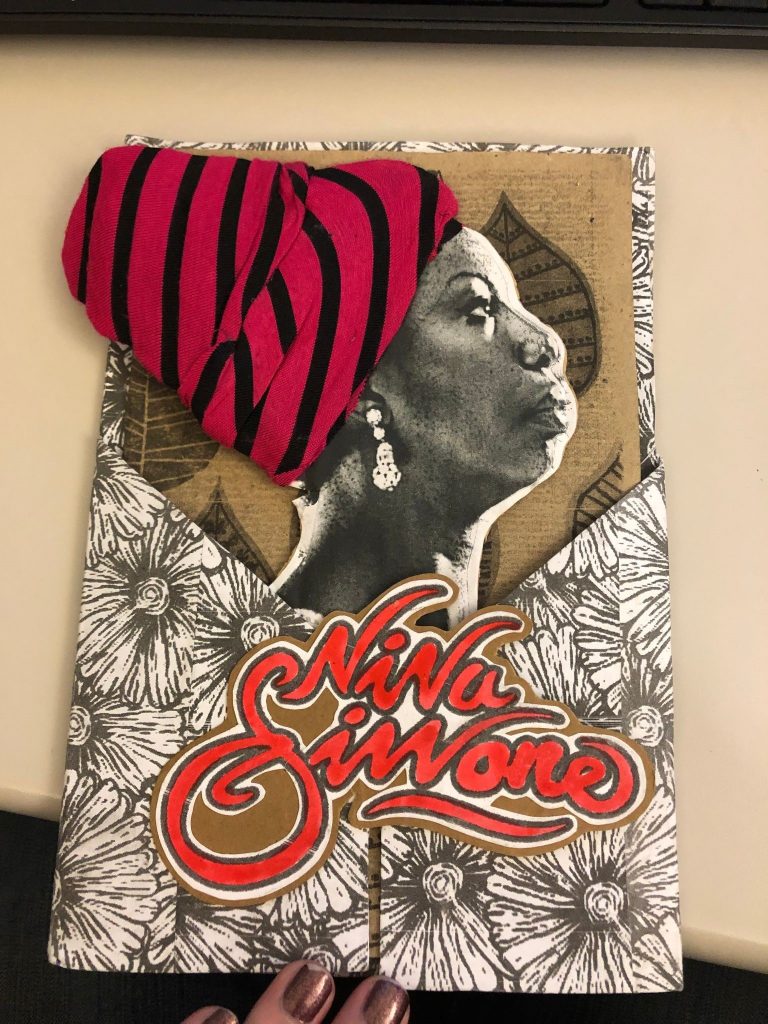Lauren DeVoe, Order & Continuing Resources Librarian
Matthew Pavlick, Head, Collections Acquisitions Services
Background
Before it was known as Collections Acquisitions Services (CAS), Monographs Acquisitions Services (MAS) was a stand alone department residing in room 106 Butler. MAS was primarily responsible for processing firm orders of monographs, music scores, DVDs, graphic novels, and microfilms in addition to handling monographs and serials received on approval.
With an eye towards reducing handoffs and streamlining workflows, MAS was merged with the copy cataloging department Materials Processing Services in 2007, moved into room 101 Butler, and the newly formed entity was renamed Monographs Processing Services. Monographs Processing Services was renamed Collections Acquisition & Description (CAD) in 2017.
Due to departmental restructuring, the Continuing Resources Services (CRS) unit was merged with CAD in 2019 and placed under the supervision of Lauren DeVoe, the Order & Continuing Resources Librarian.
The current CAD organizational structure is as follows:

What We Do
Since the merger of the copy cataloging and monographs acquisitions departments in 2007, tasks have been blended together and the line between acquisitions and cataloging departments has become obscured. Acquisitions staff have performed more of the “cataloging upon receipt” kind of work that was originally intended when the two departments merged and cataloging staff have taken on the tasks that were traditionally done in acquisitions departments – approving purchase orders and creating invoices in the Voyager acquisitions module. With the implementation of FAST (Faceted Application of Subject Terminology) cataloging, the expansion of shelf-ready processing and assigning library locations by staff to new approval material, and the inclusion of the Continuing Resources unit’s workflows into the department have transformed CAD into a technical services powerhouse.
What We Acquire and How We Acquire It
Even though CAS has greatly expanded its cataloging responsibilities, the main function of the department continues to be the acquisition of print material and, following local Libraries’ and University guidelines, paying for it.
The bulk of material that passes through CAS is for the general collections and is acquired through approval plans written by the Libraries’ subject liaisons. An approval plan consists of an approval profile that is roughly based on the Libraries’ Collection Development Policies & Strategies and conveys what is desired for the general collections for a specific subject area. The approval profile is provided to a book vendor who collects the appropriate material for the Libraries, boxes it up, and ships it to us with an invoice.
A majority of approval material is received shelf-ready in that it arrives physically processed – barcode and ownership stamp applied, security strip inserted, and labeled if it is designated for an on-campus library location. Having this rather large portion (~60,000 books per year) of the Libraries print acquisitions physically ready for the shelf greatly reduces the stress on our binding and shelf preparation operations.
At the heart of the shelf ready process is the bibliographic record. It is the conduit by which important financial and cataloging information is transmitted to the Voyager cataloging and acquisitions databases. This Embedded Order Data (EOD) contains the price of the book, the invoice number the book will be listed on, and the budgetary fund code that will be used to pay for it. The financial information is usually entered in the 960 field of the bib record.
Financial information is entered into the 960 field in the bib record, and library location and call number are entered into the 852 field.

The data is extracted from the bib record and loaded into Voyager using the bulk import rules in Voyager’s system administration module.

The bulk import rules allow for the creation of a purchase order that is built off of the EOD located in the bib record. The body of the purchase order (PO) contains the bib records that now act as line items that include the price of the book, library location, and the fund code assigned to it. After the books are matched to the paper invoice and discharged in Voyager cataloging to change the CLIO status from Indefinite Loan to Returned, the PO will be approved and an invoice will be generated from it. If the shelf ready books are designated for Butler Library, the discharged books are transported to Stacks Maintenance, shelved and ready for patron use.

Moving a large portion of the print approval plans to shelf-ready expedites the processing and payment of this high-volume material, and drastically reduces intra- and interdepartmental handoffs between acquisitions and cataloging staff.
Unique Acquisitions
CAS also works on the acquisition of firm orders. Unlike approvals, firm orders are individual purchases chosen specifically by our subject specialists and curators for our collections, both general and rare. These firm orders are often the items within our collections that really make the Columbia University collections shine. Firm orders can be anything from patron requests, items needed for course reserves to assist our faculty in their teaching, or are just titles that our subject specialists know that our collections need. When CAS places an order for an individual item, we work with both library vendors and regular vendors like Amazon or the ABEBOOKS used book marketplace. These purchases take more individual handling and usually require a little more research in order to find the best cost and most efficient method of purchase. Our library vendors, like GOBI, use their online platforms to help us more efficiently order these titles. Vendors often provide records and use EDIFACT processing to allow us to directly upload invoices into Voyager and provide other services that also streamline the ordering process.
CAS helps in placing many firm orders that are for rare items and materials. These purchases don’t go through regular vendors and are often considered “Big Ticket” items, which require a great deal of research and discussion before purchase. CAS often works with the Primary Resources Group, as well as collection development in order to purchase these items. These types of purchases require a great deal of special handling by everyone involved and often require special approval for the funds utilized as well. These items are not just high dollar purchases, they are often historically significant and are one of the reasons the Columbia collections are so valuable to our researchers.
Consuelo Dutschke, our previous Curator of Medieval and Renaissance Collections, found a very rare Book of Hours – one annotated by a woman, that she thought would be an important addition to the collection. We purchased this extremely rare book of hours through Christie’s Auction House.

Not only was this item historically rare and valuable, it is a visually stunning example of an original book of hours from the Renaissance. The buying process is very different in cases of items like this. After working with the Primary Resources Group to assure that the necessary funds were available (and in a case like this, PRG often has to use multiple funds in order to create the appropriate funds for a purchase like this), Consuelo then had to bid on this book through Christies.
This purchase was not assured and could have gone to anyone else bidding on it. This was an international auction. She then worked with CAS in order to process the rest of the sale. CAS worked directly with Christies to pay the invoice and then had to work out a way to insure the shipping with them, which included a conversation with British and US Customs. Letters of provenance are another important part of a purchase such as this and those letters had to be sent with the item and assured by Christies as a part of the buying process. Once it was received, this Book of Hours was walked directly to RBML and handed off in order to be placed in the vault, where it can be safely held.


But the book itself is stunning.
The annotations that run throughout this rare volume are what makes it so valuable to our researchers and scholars. Anyone can make an appointment to go up in order to see and study this book of hours in RBML.
While purchases such as this are more rare than even most of our special purchases, they are not as rare as you might think! Our curators are constantly finding these special books and objects to make sure our scholars and researchers have everything they need to do the level of research Columbia is known for.
While books are a regular type of rare purchase we also add a variety of other formats to our collections.
Lauran Hartley worked with CAS to order two rare items for the Starr East Asian Library: an early Chinese trade manuscript proposal for a mission to Tibet by the East India Company from 1797 and an “Official Tibetan Document from Ladakh” written in 1760 on traditional paper in cursive script (bib# 11647634).


But CAS purchases many different types of firm orders: graphics, art, ephemera, even records!
The below is a collection of graphic art purchased at the request of Jane Siegel in RBML.

Graphic art, zines, comics and even handmade items get added to the collection through firm order.



This is a piece of protest from South America…when you’re done reading the material, you’re supposed to burn it with the match that was sent with the material!
There are also multimedia and handmade materials that get purchased especially for our collections that won’t be found anywhere else in the world. This handmade book on Nina Simone came from a Cuban art collective, Ediciones Vigía. Buying from countries like Cuba can often be problematic due to current world and US politics. CAS often has to work with other library vendors and rare vendors in order to get materials from countries like this where there are embargoes and rules that make it harder to purchase goods and ship internationally.

Making purchases like this can usually require special negotiation and work by both the subject specialist and CAS. Acquisitions often require a great deal of networking and being able to rely on people who know other people and have access to parts of the world that we don’t always have. Often vendors will work directly with us in order to purchase items in other countries that we wouldn’t otherwise have access to. While most firm orders are fairly straightforward, these special items take time and often many conversations all over the world in order to complete.
Additional Information
Of course this blog post does not cover everything we do in Collections Acquisitions Services. We welcome comments on this blog post and suggestions for providing additional insight into what kinds of tasks our department performs and how we fit into the bigger picture of Columbia University Libraries. Here are some links to additional information about CAS and how you can reach us:
Authors:
Lauren DeVoe: led2150@columbia.edu / 212-854-2230
Matthew Pavlick: mkp2106@columbia.edu / 212-854-3530
Collections Acquisitions Services wiki:
https://wiki.library.columbia.edu/pages/viewpage.action?pageId=10981916
Collections Acquisition & Description:
https://wiki.library.columbia.edu/pages/viewpage.action?pageId=30048320
Continuing Resources Services:
https://wiki.library.columbia.edu/display/cerm/Continuing+Resources+Services
Information for Selectors:
https://wiki.library.columbia.edu/display/ifs/Information+for+Selectors
This was such an interesting post. Thanks to you all for sharing some of what you do!
Thanks, Esther! Stay tuned for more on Technically Speaking!